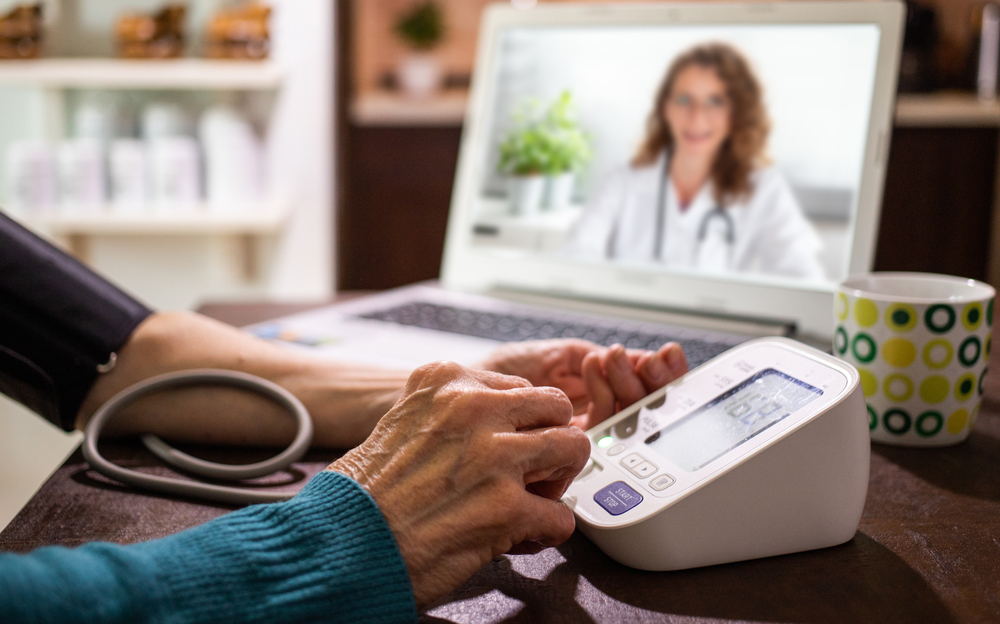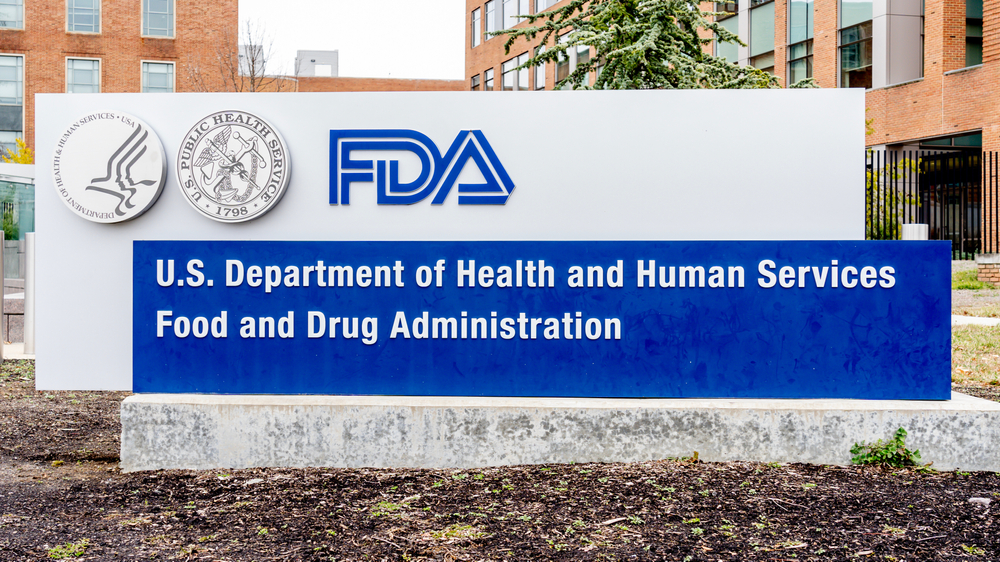Understanding Telehealth and Risks of Medical Malpractice
Since the pandemic began, many Americans have turned to telemedicine as a safe and reliable way to visit their doctor.
Telemedicine, also called telehealth, delivers a doctor’s care via electronic communication. It was first introduced in the 1950s to serve remote areas of the country where quality medical care was lacking or difficult to access.

While interest in telemedicine has grown over the years, when COVID-19 hit and turned our lives upside down with quarantine and shelter-in-place orders, it suddenly exploded across the U.S. The convenience factor of being able to see your healthcare provider without leaving your home has surged in popularity, and telemedicine seems here to stay even if and when the pandemic begins to subside.
However, using telehealth as a substitute for an in-person doctor visit comes with risks. If used incorrectly or negligently, it has enormous potential to lead to an injury or worsened patient condition and medical malpractice lawsuits for providers.
According to a survey conducted by the management consulting firm McKinsey & Co., just one month after the pandemic hit in March 2020, telemedicine use was 78 times higher than in February. And even after local governments lifted their stay-at-home mandates in July 2021, although many people did return to in-person doctor visits, telemedicine use remained 38 times higher than pre-pandemic levels. Forty percent of survey participants said they would continue to use telehealth in the future.
Lawmakers have influenced the growth of telemedicine since the start of the pandemic. In April 2020, the Federal Communication Commission (FCC) approved $200 million worth of funding to support health care providers who provided telemedicine services. Last November, the Centers for Medicare and Medicaid Services extended its telehealth coverage through 2023.
The Pitfalls of Telemedicine
No matter how popular and convenient telemedicine has become, it presents unique risks for patients and healthcare providers. These include:
- Technical issues or lack of necessary equipment: Telemedicine requires a reliable computer or smartphone, and if the patient lacks these items or has a faulty connection, lacks a working computer or has technical issues, the visit can be frustrating with possibly misinterpreted information.
According to the American Medical Association, one in three U.S. senior households have no computer or smartphone. Many who do have them are uncomfortable with using them or don’t know how and must have a technology-literate companion to provide assistance.
- Incomplete information: Unlike traditional doctor visits with face-to-face patient interaction, telehealth can limit the provider’s ability to confirm critical information and analyze visible symptoms. This could result in a misdiagnosis or failure to diagnose and/or a patient misunderstanding of the treatment plan, which can harm the patient and put the doctor at risk for a malpractice suit.
Nationwide clinical laboratory Quest Diagnostics released a report last year regarding drug abuse among patients during the pandemic. Sixty-seven percent of primary care physicians surveyed were concerned that they missed critical signs of medication disuse. Only 50 percent were confident they could recognize these signs during telehealth visits, while 91 percent said the same of in-person interaction.
- Security breaches: All healthcare providers must take care to adhere to the laws protecting patient privacy, including the Health Insurance Portability and Accountability Act (HIPAA), the Health Information Technology for Economic and Clinical Health Act (HITECH), and the Children’s Online Privacy Protection Act (COPPA). All of these protect medical information in both face-to-face and telehealth encounters.
However, health officials loosened one security rule to make telemedicine appointments more accessible during the COVID-19 outbreak.
The Department of Health and Human Services’ Office of Civil Rights is currently allowing healthcare providers to use telecommunications applications, such as Skype and Google Hangout, that may not meet HIPAA privacy and security requirements until the end of the nationwide public health emergency is declared.
Although these video chat applications will likely be banned in healthcare once the pandemic is over, it’s also likely that new, more secure apps will be launched to ensure every patient has access to the convenience of telemedicine. These new programs should take every precaution to lower the inherent risks of patient misdiagnosis and medical malpractice.




















